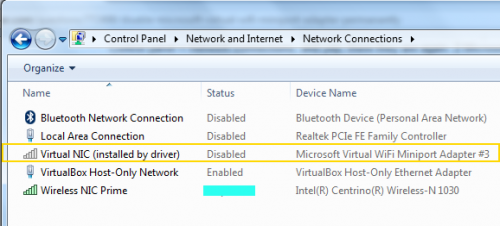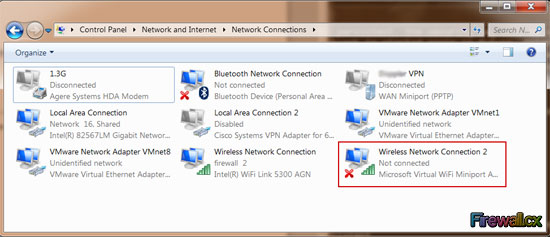
to protect any customer data and other sensitive data on it.Īny professional input from somebody at Microsoft to finally get a solution for this would be greatly appreciated.įirst, I apologize in advance for venting here. The device would get stolen or I would loose it somehow.

The problem: Disabling "Password protection on wakeup" is not a solution at all for me personally, as I'm on the road with my notebook quite often, and I want to be sure that the data on my notebook isn't accessible without unlocking the screen, in case So, from my point of view, it seems to be something related to security (probably in conjunction with this hosted network stuff). If I change the power saving option "Password protection on wakeup" from "Require a password on (recommended)" to "Don't require a password", everything is fine concerning the time period it takes to establish the WLAN connection after wakeup (that means,Įven without the NETSH commands as described in this thread). Set to "Allowed" again - and that means, the next time my machine wakes up from sleep mode, it again takes ages (~30 - 50 seconds) before the WLAN-connections gets re-established.ĭoes anybody know how I can get the mode=disallow to be persisted?Īnother interesting fact I found before I ran over the solution using those NETSH commands: One time - as soon as I wake up my machine from sleeping after running this, the WLAN connection gets re-established quickly (less than 5 seconds) but when I check the status with "netsh wlan show hostednetwork" then, the result is that the mode is IOW, running the two commands in an elevated Command Prompt helps exactly

One time for me, that means, for one sleep-wakeup-cycle.

My problem: the solution described above in this (TechNet) thread works only The thread (my latest reply) in the Microsoft Answers forum is located I've been asked by a Support Engineer at the Microsoft Answers forum to re-create my problem here within the TechNet forum, because it is more complex than what's typically handled there.


 0 kommentar(er)
0 kommentar(er)
